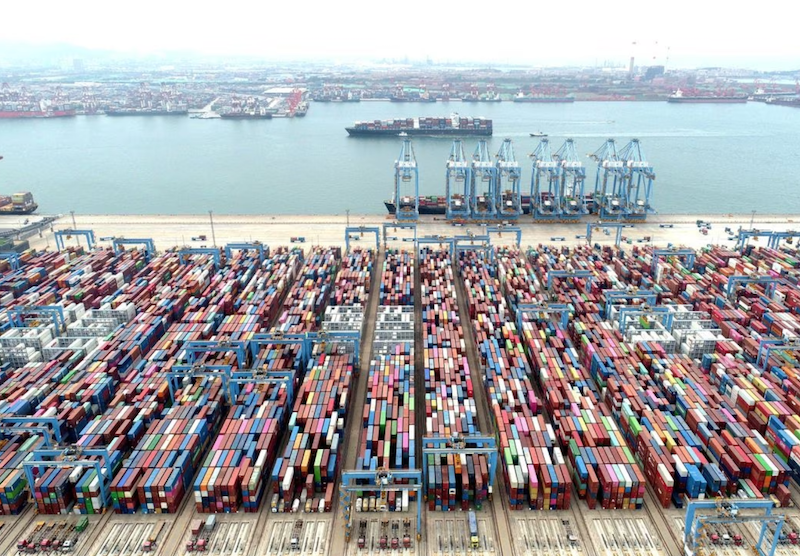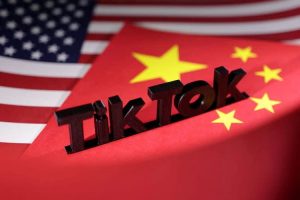China’s imports shrank last month while its exports slowed in what are worrying signs for the world’s No2 economy as it struggles to recover after lifting its punishing Covid curbs.
The country’s economy grew faster than expected in the first quarter thanks to robust services consumption, but factory output has lagged and the latest trade numbers point to a long road to regaining pre-pandemic momentum at home.
Inbound shipments fell 7.9% year on year in April, extending the 1.4% decline seen a month earlier, while exports grew 8.5%, easing from the 14.8% surge in March, customs data showed on Tuesday.
Also on AF: China’s Forex Reserves Swell to $3.2 Trillion on Dollar Slide
“At the beginning of this year, one would assume that imports will easily surpass 2022 levels following the reopening, but that hasn’t been the case,” said Xu Tianchen, an economist at the Economist Intelligence Unit.
“While China’s post-Covid rebound has been swift and sharp, it has been largely self-contained and not felt by the rest of the world,” he added.
Government officials have repeatedly warned of a “severe” and “complicated” external environment in the wake of mounting recession risks for many of China’s key trading partners.
The sharp deterioration in last month’s trade flows will only renew worries about the state of external demand and risks posed to the domestic economy, especially given the frail recovery from a year earlier when inbound and outbound shipments were severely disrupted by China’s Covid-19 restrictions.
“Given the gloomy outlook for external demand, we think exports will decline further before bottoming out later this year,” said Zichun Huang, China economist at Capital Economics in a note.
The data pushed Hong Kong and mainland Chinese stocks lower, although global factors were also at play.
Semiconductor Imports Drop
The downturn in imports suggests the world economy won’t be able to count much on China’s domestic engine of growth, and as the nation re-exports some of its imports, it also reinforces the extent of weakness in some of its major trading partner economies.
A 15.3% drop in the import of semiconductors indicate the scale of the demand-pullback in the re-export market for such parts.
Analysts say the sharp global monetary policy tightening campaign of the past 12-18 months and recent Western banking stress remain concerns for revival prospects of both China and worldwide.
Shipments growth to ASEAN, a block of Southeast Asian countries, slowed to 4.5% in April from 35.4% last month. The region is China’s largest export partner.
Other recent data also showed South Korean exports to China, a leading indicator of China’s imports, were down 26.5% in April, continuing 10 consecutive months of decline.
China’s coal imports fell in April from a 15-month high in the prior month, snapping back as demand weakens in Asian giant. Imports of copper, a proxy for global growth, and natural gas were also down in the same period.
Beijing Policymakers’ Challenge
The recent official manufacturing purchasing managers’ index for April showed new export orders contracting sharply, underlining the challenge facing Chinese policymakers and businesses hoping for a robust post-Covid economic recovery.
China’s first quarter GDP data last month, while offering some relief, also raised doubts about the demand outlook due to property market weakness, slowing prices and surging bank savings.
The government, which has stepped up a range of policy support measures, is aiming for a modest GDP growth target of around 5% for this year, after badly missing the 2022 goal.
“The global economy is deteriorating and will weaken China’s manufacturing sector,” said Iris Pang, chief China economist at ING.
“It is looking more likely that, in response, the government will step in to support the manufacturing sector’s labor market through fiscal stimulus.”
- Reuters with additional editing by Sean O’Meara
Read more:
China’s Security Focus Undermining Its Economic Goals
We Need to Stabilise Ties, China Foreign Minister Tells US
Asian Stocks Rally Derailed by Downbeat China Trade Data
























